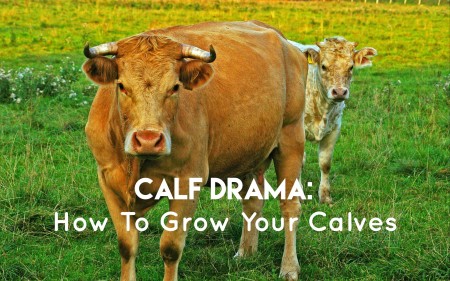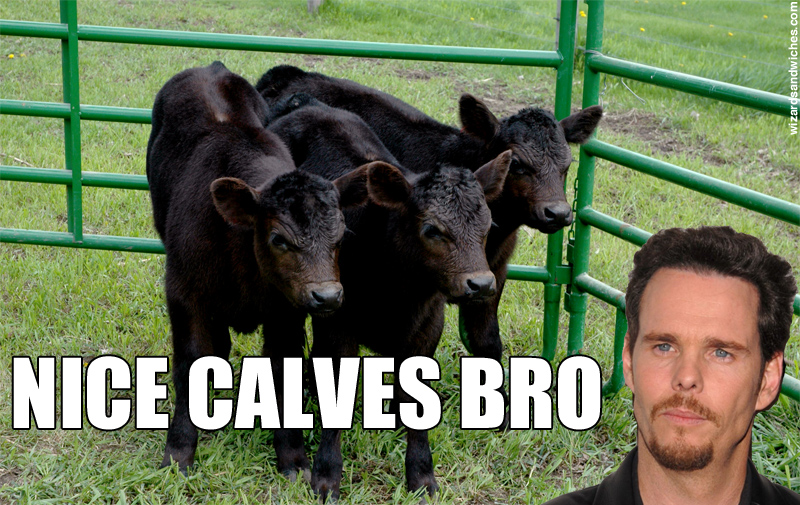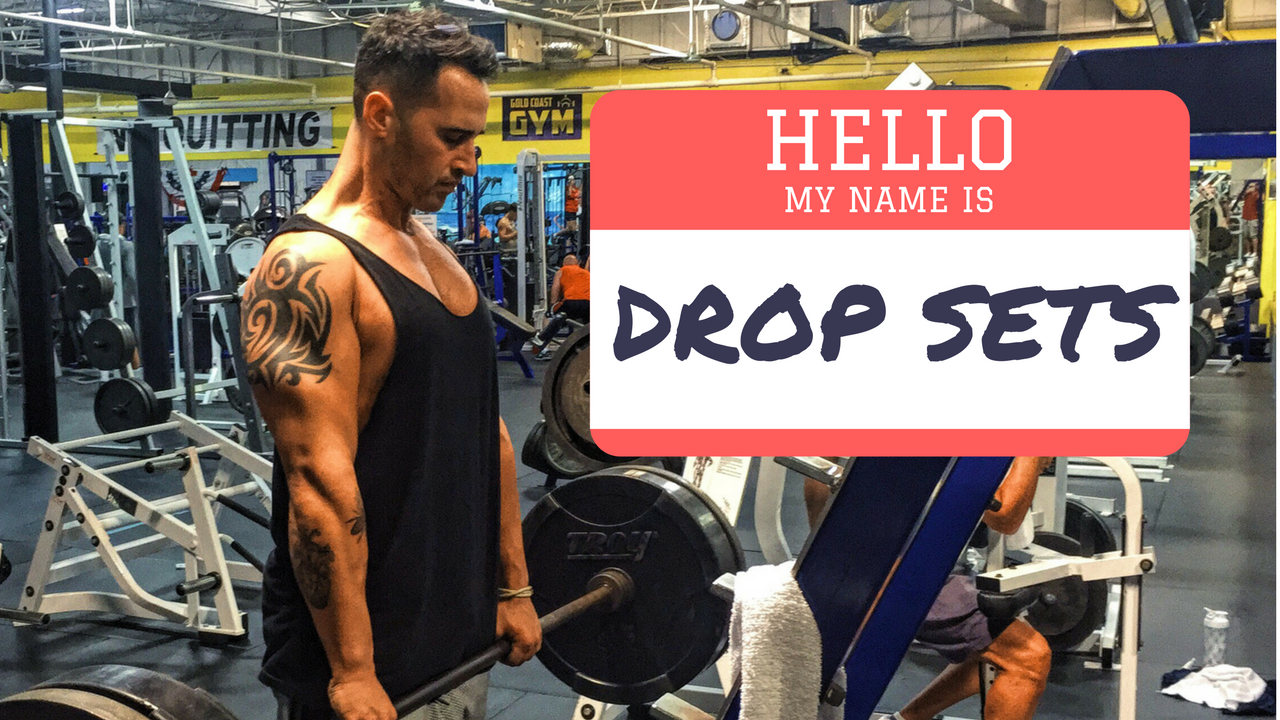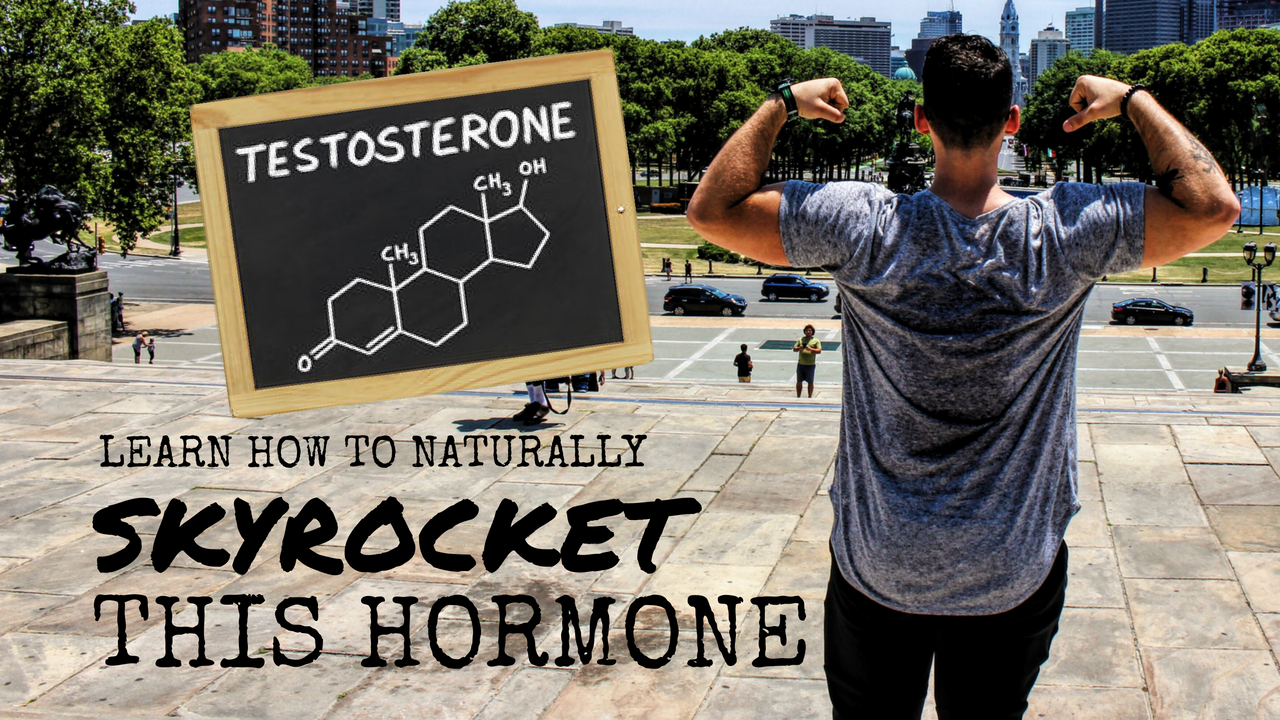
[feature_box style=”1″ only_advanced=”There%20are%20no%20title%20options%20for%20the%20choosen%20style” content_font_size=”18″ alignment=”center”]
Are those real or are they implants?
Your calves, bro.
Okay, keep it to yourself but if you tell me they’re real, I ain’t buying it.
[/feature_box]
[video_player type=”embed” width=”560″ height=”315″ align=”center” margin_top=”0″ margin_bottom=”20″]![]() [/video_player]
[/video_player]
It’s summer somewhere. Since we ALL train for beach season (yup, just admit it), it’s time to stop making excuses and start to grow those calves. When summertime does roll around, the livin’ might not be that easy for those of you who are afraid to show off the lackluster results from your off-season training program.
You might be able to hide poolside by keeping your shirt on. But there’s no doubt that you will be wearing your Nantucket Reds.
That means your calves will certainly be on display.
Now before you go into crisis mode and make an appointment for some calf implants, we have you covered. Let’s turn those stubborn calves into glorious baby cows. These 5 methods will be your answer, even if you’re stuck with half of the genetics of Vince Chase.
I. MOBILE, AGILE, HOSTILE
Before you get all Hollywood on us, let’s take a step back.
We are firm believers that in order to grow a muscle to it’s truest potential, you must take that muscle through full range of motion (most of the time). Since the calves control dorsiflexion and plantar flexion of the ankle, it will best serve your growth to improve your mobility at this joint.
We are big fans of this drill because you are teaching the knees to travel outwards while gaining mobility in that direction. So the gains you make will be transferable to not only your calf development but quality movement in all of your lower body movements.
[video_player type=”embed” width=”560″ height=”315″ align=”center” margin_top=”0″ margin_bottom=”20″]![]() [/video_player]
[/video_player]
II. FEED ME A LINE.
Just getting through sets and repetitions will not give you optimal results. Period. It is in the EXECUTION where results lie.
So let’s feed you a line or what we like to call coaching cue.
In the past, you may have heard that the sacred bodybuilding cue to get up as high as possible on your toes. Now that’s a good tip and one part of any calves’ exercise execution.
However, you can do better. Try this visualization technique from Ben Pakulski on each repetition of your next workout:
THINK of bringing your heel towards your knee.
This one cue will ensue some serious calf cramps. You have been warned.

III. THE FORGOTTEN BROTHER.
We would be lying if we didn’t address that a large part of calf development is genetics. Similar to how Vinnie Chase is an A-List star and his half brother is a struggling actor.
[SPOILER ALERT]
If Drama can win an Oscar, you can certainly grow your stubborn sticks into tree trunks.
Dissecting the calf, it is made up of two muscles: the gastrocnemius and the soleus.
The soleus makes up roughly 2/3 of the lower leg musculature and consists of predominantly slow twitch muscle fibers. It is largely a postural muscle and the reason why some heavier, “out of shape” individuals have awesome calf development without doing much of anything.
On the contrast, the gastrocnemius makes up the upper calf and consists of predominantly fast twitch muscle fibers. It mainly works to produce plantarflexion but also has a role in knee flexion. So another way of touching this muscle without your traditional standing calf raises will be through glute ham raises and leg curls (especially with toes pointed away).
So with those two considerations, we will want to blend our training stimulus with heavier loads in the seated or bent knee position (for the soleus) and explosive, high repetition sets where you run out of fingers and toes to count.
You have probably heard of those two muscles before, BUT you may not recognize this other muscle that will be a key role player in training your calves.
We are speaking of the tibialis anterior (muscle on the front of the shin). Let’s just call him the Forgotten Brother. Basically, this muscle is responsible for toe raising or bringing the foot towards the knee.
Part of our approach will call for training dorsiflexion. To do this, you will want to include the following to your regimen:
– Standing Tibialis Raises and Holds:
Simple execution yet extremely effective. With hips slightly bent to a wall behind you for support, lift your toes towards the ceiling as high as possible. Then return to start position and repeat. Keep moving on these and hit some high repetitions of 20 to 50 OR you can place a small weight plate (2.5 – 5 lbs) on the tops of your toes. Bring your toes upwards and HOLD an isometric contraction.
– Banded Tibialis Raise
Anchor a band like this one from Elite FTS (1 inch) to something like a rack. Then place the other end of the band around the tops of your feet (one at a time or both). Now go to work and start pumping out repetitions of the bringing the toes towards your face with your heel planted in the ground.
– Downhill Running
This is one of those activities where you do not necessarily need to fit into your training regimen but its addition could surprisingly add to your calf development. Next time you do some Hill Sprints, try running down to the start, instead of walking.
IV. THE PLOT
Now before you just say screw it and go for the calf implants, here are some effective strategies that you can apply to your workouts immediately:
– OMNI SETS.
If you have ever picked up Arnold’s Encyclopedia of Bodybuilding, you have most likely played around with your foot positioning when it comes to your calf training.
Toes straight. Toes out. Toes in.
That’s a great way to switch up your angles. Another way to add variety is to add those toe positions with these feet positions:
Wide (very). Feet together. Mid-width.
Now to put them all together, you will complete the following:
ONE SET = choose a foot position from above
x10 Toes In
x10 Toes Straight
x10 Toes Out (heels together)
Yup, that one set is 30 repetitions. No rest between sets of 10, only what it takes to switch your toe position. And it doesn’t take more than second, cheater! Try 3 sets at each foot position.
– TOTAL REPETITIONS.
In the first episode of our weekly YouTube series, More Than Meat & Potatoes, we introduced Total Repetitions Sets. You can take this concept and apply it to one calf exercise like standing calf raises (legs locked), seated calf raises, donkey calf raises, 45 degree leg press calf raises, or horizontal calf raises (allows greatest range of motion).
[video_player type=”embed” width=”560″ height=”315″ align=”center” margin_top=”0″ margin_bottom=”20″]![]() [/video_player]
[/video_player]
To keep this simple, you will choose a number of repetitions to achieve as fast as possible. We recommend 75 to 100 total reps. You will choose a weight that you can complete 15 to 20 reps. You will then go about performing the repetitions in as few sets as possible.
Now the kicker is…
1. You cannot go over 15 reps per set.
2. You can only rest 10 to 20 seconds between sets.
– HEAVY & LIGHT
As we touched upon earlier with the muscle fiber composition of the gastrocnemius and soleus, to create a stimulus you will need to train both heavy and light. To achieve this, you will alternate each set with a heavy, lower repetition set followed by a lighter, higher repetition set. It could look something like this:
6 sets, 30 seconds rest between
x3 – 6 reps HEAVY
x12 – 15 reps LIGHT
– SICK SUPERSET
As we introduced the forgotten brother earlier, John Meadows brought light to pairing any calf raise exercise with one that trained the tibialis anterior. So to give you an actionable method, here you go:
3-5 SETS
x8 – 12 reps with any exercise that hits the calves
REST: 10 seconds
x15 – 25 reps with any exercise that hits the tibialis anterior
V. ARI’S (least) FAVORITE
Drama was never Ari Gold’s number one concern. Or two… Or three.
He was just a favor to Vinny and eventually got passed off to Lloyd.
Maybe you are doing the same to your calves. You are prioritizing the Vinny Chase’s of your bodyparts and put those calves last on your list.
So like the old saying goes…if something is important to you, you should do it every day.
When Arnold prioritized his calves, not only did he do them every day but he did them first in his workout. When he was fresh and could give the most concentration towards bringing up his lagging body part.
Unless you want to be walking around like Flynn, ease into this. Start with a session or two for the first week or two. Then gradually build up to 4 to 7 days.
Try placing this at the beginning of your training sessions, except your leg days. Save those days for the end.
[video_player type=”embed” width=”560″ height=”315″ align=”center” margin_top=”0″ margin_bottom=”20″]![]() [/video_player]
[/video_player]
Now only if Johnny Drama had executed these strategies, he would be claiming “VICTORY!” too. Instead, you will be the one being stalked at the next party with all your calf gains.





Leave a Comment